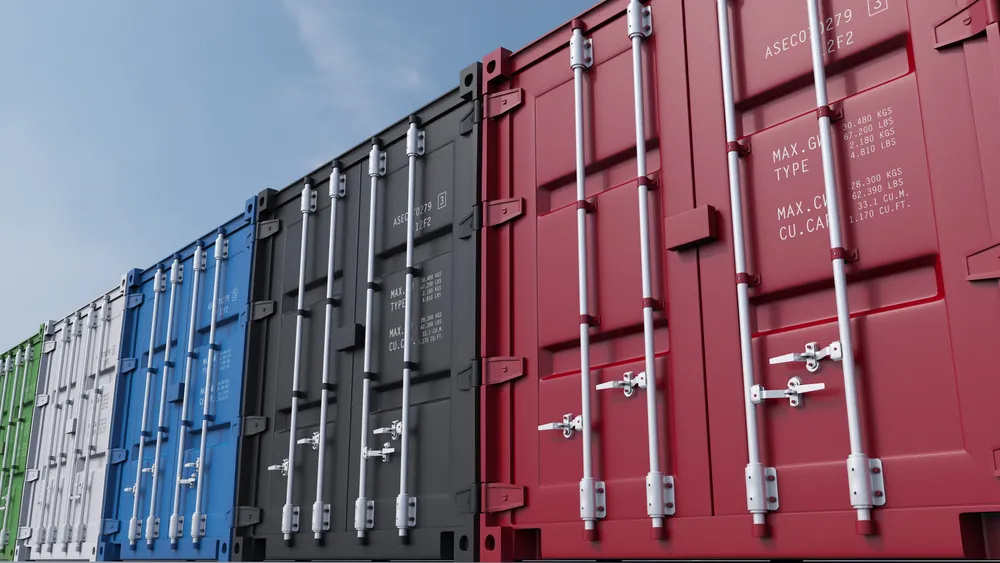In the dynamic world of global commerce, steel shipping containers stand as symbols of trade efficiency. They play a pivotal role, whether transporting household items across vast distances or facilitating bulk cargo movements. However, their true significance lies in transportation to and from major deep-sea ports across the UK.
Among the logistical complications, the main question for people interested in transporting containers is, “How much does it cost to transport a container?”. In today’s topic of How much it costs to move a shipping container, James Kemball will discuss the ins and outs of container moving costs and the factors that may influence the price you will be quoted when moving a container.
What is container transportation?
If you haven’t read our topic, What is container haulage?, we’ll explain briefly. Container haulage is a vital aspect of international shipping and goods transportation, involving the movement of containers by road to ports for further shipment via ships to their final destinations.
Specialised companies manage this service, ensuring the safe and secure transportation of goods using freight services. Container haulage offers numerous benefits, including cost-effectiveness, safety, flexibility, and quick deliveries, making it an essential solution for businesses worldwide. So, now you know what container transportation is, let’s dive into the factors influencing container moving costs.
Factors Influencing Container Moving Costs
When it comes to moving a shipping container, the process is rarely straightforward. Numerous factors come into play, each impacting the overall cost. From distance to additional services required, estimating the expenses requires careful consideration. Here, we outline some general costs to remember as you budget for your container move.
Shipping Container Size
The size of the shipping container is a significant determinant of moving prices. Typically, larger containers, such as 40-footers, incur higher transportation costs than their smaller counterparts, like 10 or 20-foot containers. This increased cost is primarily due to factors such as additional weight and space requirements during transportation.
Larger containers may also necessitate specialised equipment and vehicles, contributing to overall expenses. Therefore, when planning a container move, it’s essential to consider the size of the container carefully, as it directly impacts the associated transportation costs.
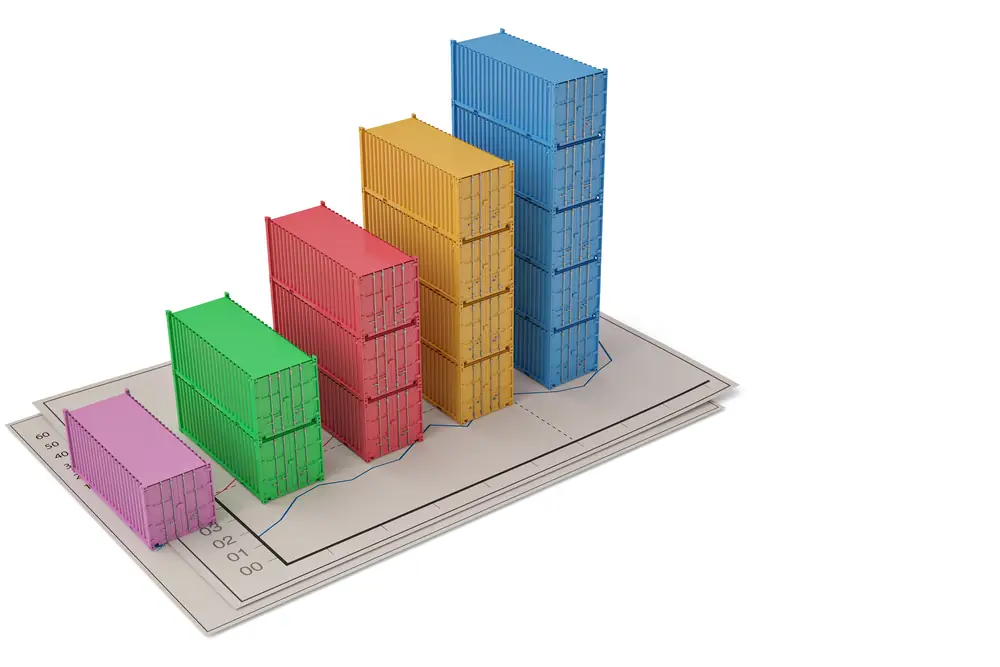
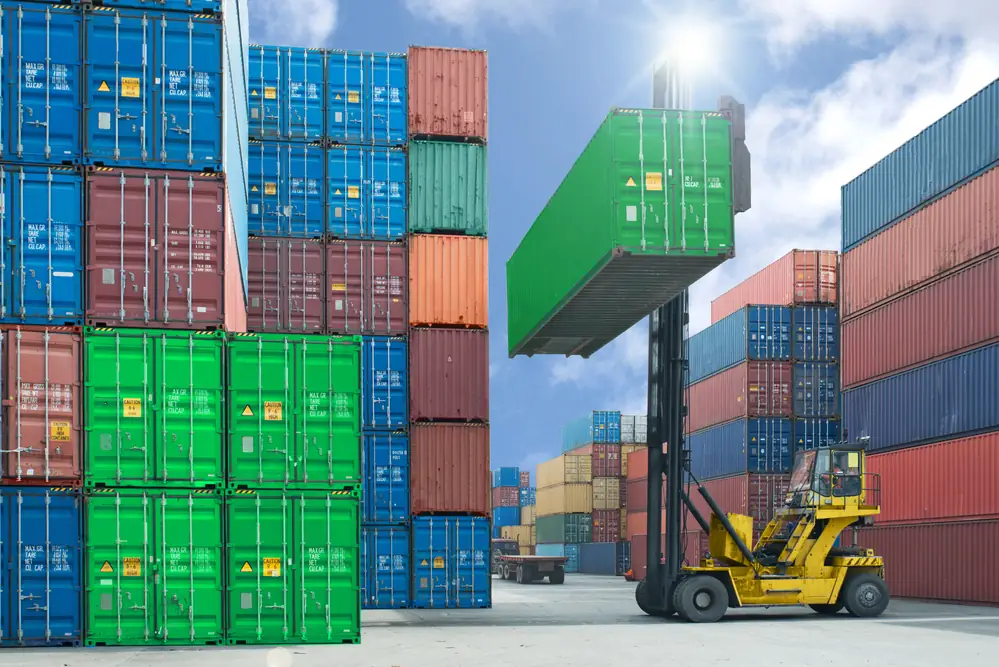
The Distance of the Container Moving
The distance of the container moving is a pivotal factor influencing container moving costs. Generally, longer distances incur higher transportation costs due to increased fuel consumption, driver wages, and vehicle maintenance.
Additionally, longer hauls may require more extensive logistical planning and coordination, potentially leading to higher service fees. Conversely, shorter distances typically result in lower overall costs. Therefore, when budgeting for a container move, it’s crucial to consider the distance carefully, as it significantly impacts the final price quotation.
The Route of Transportation
The chosen route and mode of transportation, whether by road or train, profoundly impact shipping container moving prices. Road transportation often offers greater flexibility and accessibility, allowing for direct delivery to various destinations. However, fuel expenses and driver wages may result in higher costs for longer distances or remote locations.
On the other hand, train transportation, while generally more cost-effective for long-distance hauls, may require additional coordination for container pickup and delivery to and from rail terminals. Factors such as route accessibility, infrastructure, and transit times also significantly determine costs.
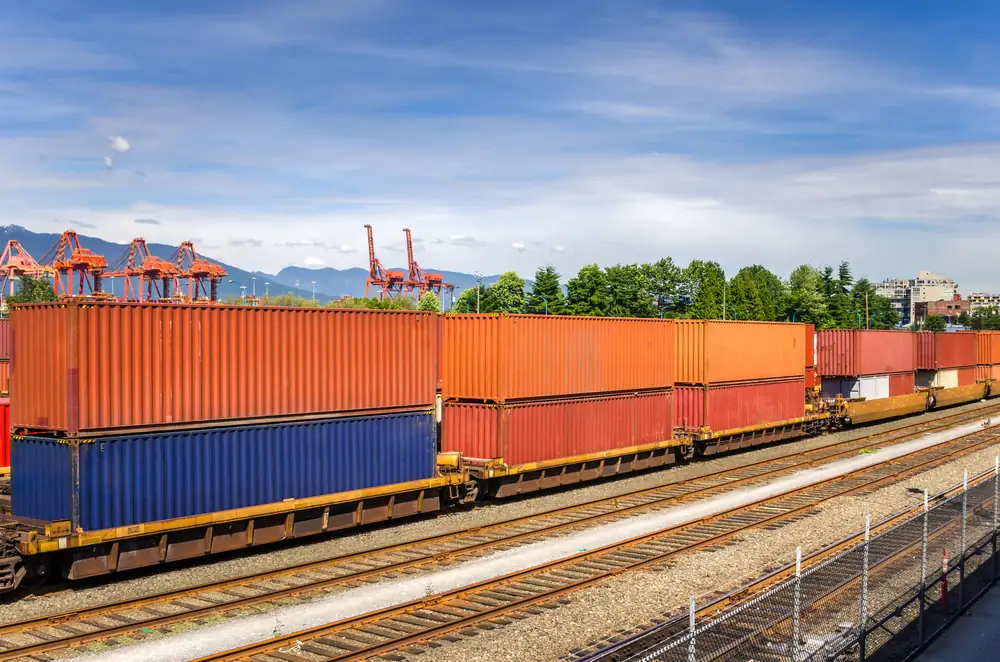
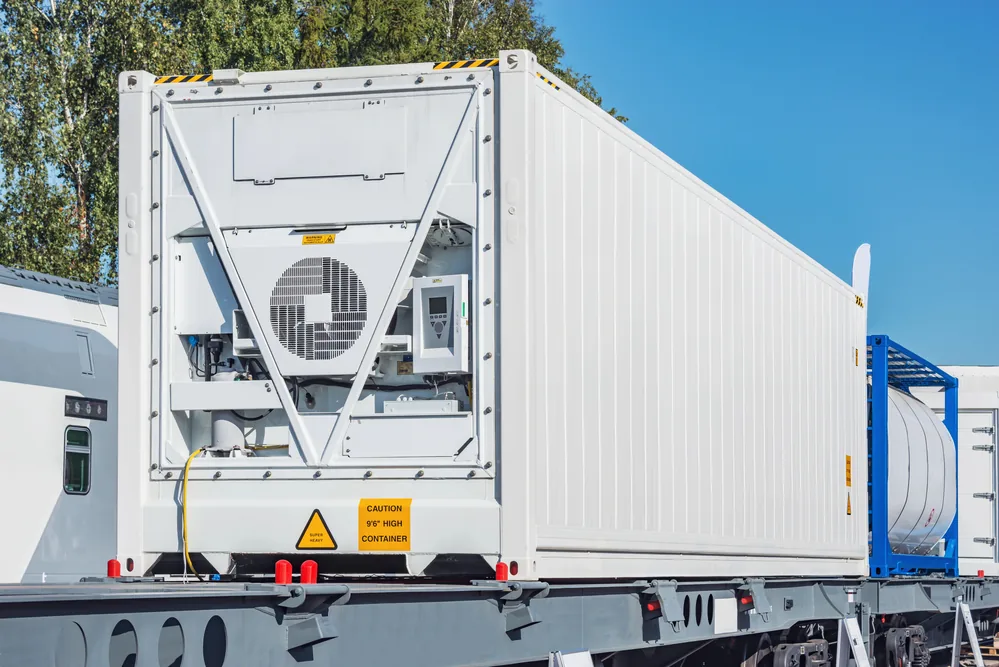
The Type of Container
The type of container being transported is a critical factor influencing moving prices. Different container types, such as standard dry, refrigerated, flat rack, or open-top containers, each have unique transportation requirements and associated costs.
For instance, transporting refrigerated containers often requires specialised equipment and facilities to maintain specific temperature conditions, resulting in higher transportation expenses. Similarly, oversized or specialised containers like flat racks may require additional handling and permits, increasing costs.
Weight of Cargo Transported
The weight of the shipping container is a significant determinant of moving prices. Heavier containers, such as cranes and forklifts, require more robust handling equipment, which may result in higher transportation costs.
Additionally, heavier loads often require larger, more powerful vehicles to transport them, consuming more fuel and potentially necessitating special permits or escorts, further increasing expenses. Conversely, lighter containers are generally easier and cheaper to transport.
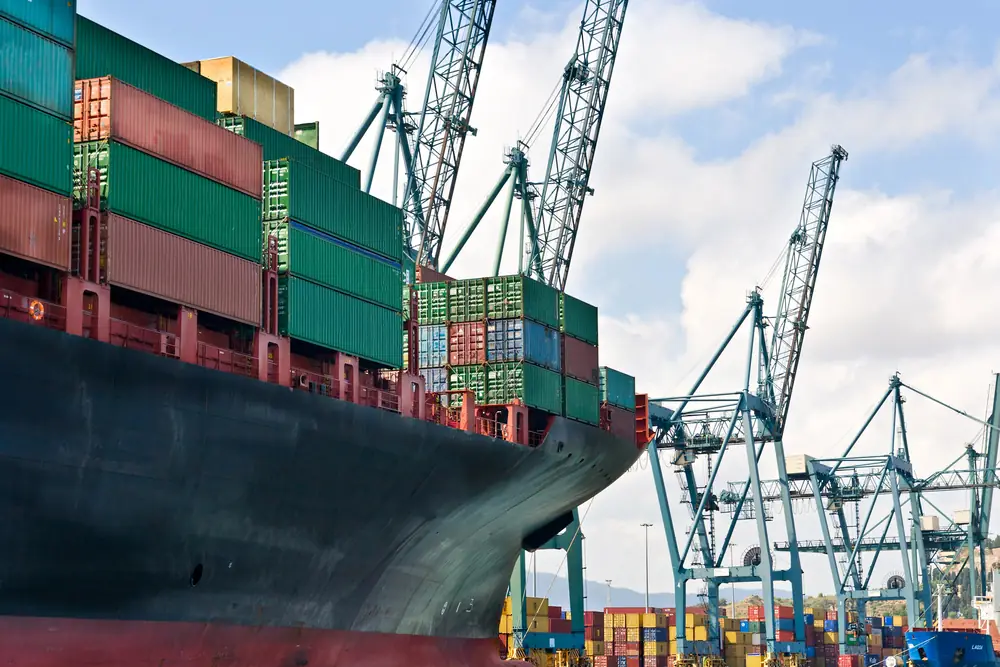
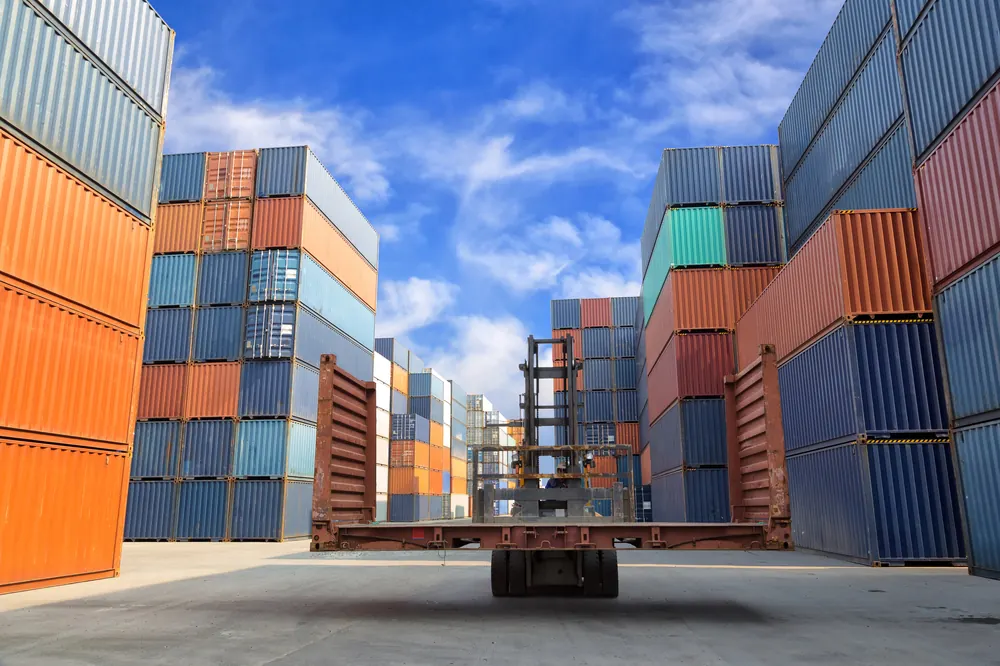
The Bottom Line of Container Transport Costs
From the size and type of container to the distance travelled and mode of transportation, each aspect plays a significant role in determining the final price quotation. Whether you’re considering a short-haul delivery or a long-distance shipment, careful consideration of these factors is essential for accurate cost estimation.
At James Kemball, we aim to provide clarity and insight into the intricacies of container moving costs, ensuring that you have the information needed to make informed decisions. We hope this overview has equipped you with the knowledge necessary to navigate the world of container transport pricing with confidence and ease.

